Up Next

Whenever Formula 1 entertains interest from multiple tyre companies, there are calls for a return to the days of a tyre war.
In a poll on The Race’s YouTube channel, responded to by 173,000 people and counting, a whopping 62% of the vote has chosen ‘tyre war’ when asked what F1 should do about its tyre supply.
As much as there is genuine concern for what multiple tyre suppliers would do to F1, there is clearly appetite for it among fans.
It may be a case of correlation and causation. The 2000s mark the favourite era of F1 for a lot of fans. Perhaps the Bridgestone/Michelin rivalry from that time has become subconsciously associated with the ‘best’ years of F1.
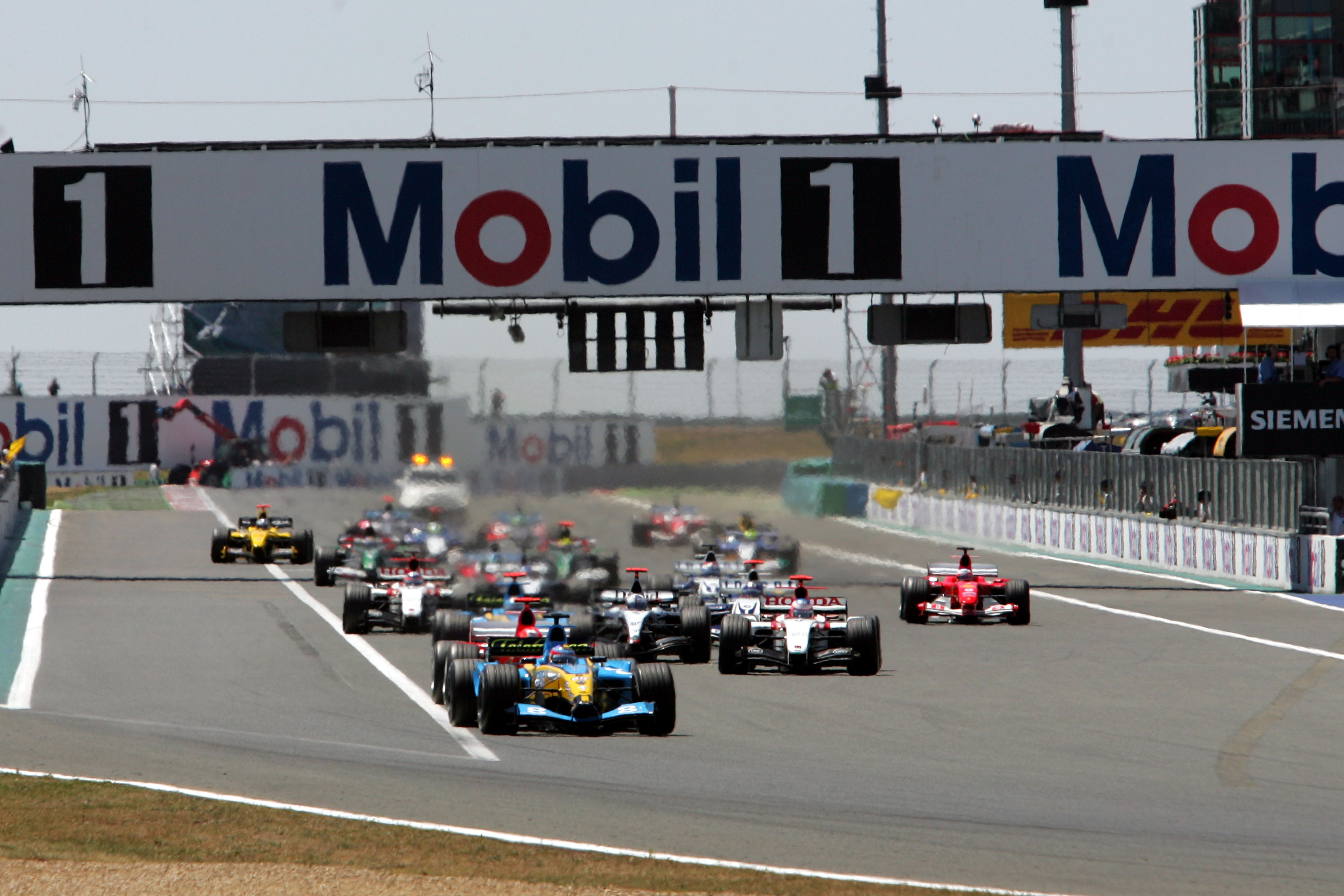
An all-out tyre war would not fit modern F1’s ambitions. And there are very good reasons to have a sole tyre supplier. Starting with the sporting side – one tyre supplier is one less variable in the mix that could potentially help some teams and screw others through no fault of their own.
It’s also the easiest route in the name of financial and even environmental sustainability. It’s easy to cap development, testing and technology expenses and logistics are easier to manage.
Defining a target letter is simpler as you don’t have any potential for conflict from another party. If one objective is to sacrifice outright tyre performance so they degrade more, to spice up the racing, there is no risk of one tyre supplier going rogue and ignoring that instruction – thus handing some teams a massive advantage.
But F1’s evolution into a cost-savvy formula opens the door to considering whether tyre competition is achievable again, by extending its new-found penchant for budget caps to the world of tyre supply.
F1 has shown itself open to significant regulatory change in recent years, and it would appropriate to explore the possibility for tyre variety, and competition of some kind, in a responsible way that furthers what F1 is trying to achieve on the grounds of sporting interest, cost management and sustainability.
F1 is in an era of financial control for the very first time on team spending and power unit manufacturers. Tyre supplier spending could be managed in much the same way that the budget cap is imposed on the teams. The number of test days would naturally remain restricted as is the case now.
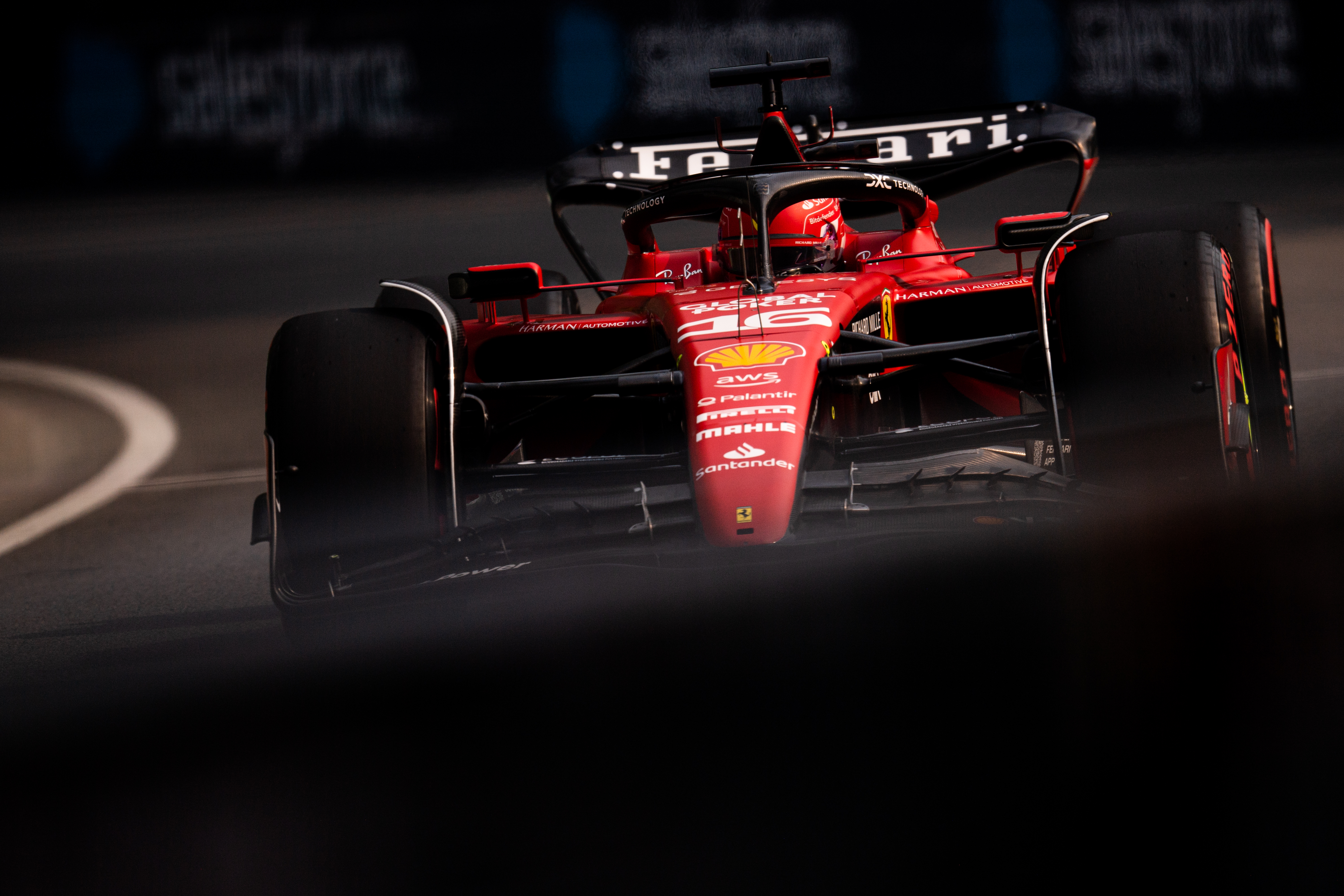
To avoid nine teams going with Manufacturer X and one with Manufacturer Y, F1 could take a leaf from the engine supply rules: one tyre supplier would not be allowed to supply more than X teams on the grid (depending on the number of suppliers). And taking further inspiration from the engine side, implement a fixed cost for teams to pay for their tyre supply and/or weave that into the budget cap. That should hopefully avoid the most obvious route to some teams being priced out of a good tyre supply.
And if this is dovetailed with a well thought out sporting plan for how to use tyres better in the future – for example, mandating the use of all three compounds in a grand prix – then there would be a natural limit imposed on the development effort. Because no supplier would be trying to develop a mega, physics-defying product that can last 50 laps being relentlessly ragged.
The sustainability side, which is such an important part of the current tender, is a little harder to account for. It is clearly something F1 and the FIA view as a leading priority. Some might even say as high or higher than making a high-quality tyre. And it may not be something that can be reconciled with tyre competition. But presumably the worst could be mitigated with cooperation between the tyre suppliers and a major partner such as DHL, to maximise logistical efficiency.
And as the same number of tyres need to be produced regardless of who is producing them there shouldn’t be an explicit increase on the output side (although there would likely be some efficiencies with one company producing, say, 100 sets of tyres than two companies producing 50 each). Especially if F1 could twin this with an aggressive rethink on the current tyre usage rules, and slash the number of sets used per weekend anyway.
This may be a complete non-starter on those grounds but there’s enough potential to at least explore how feasible it is.
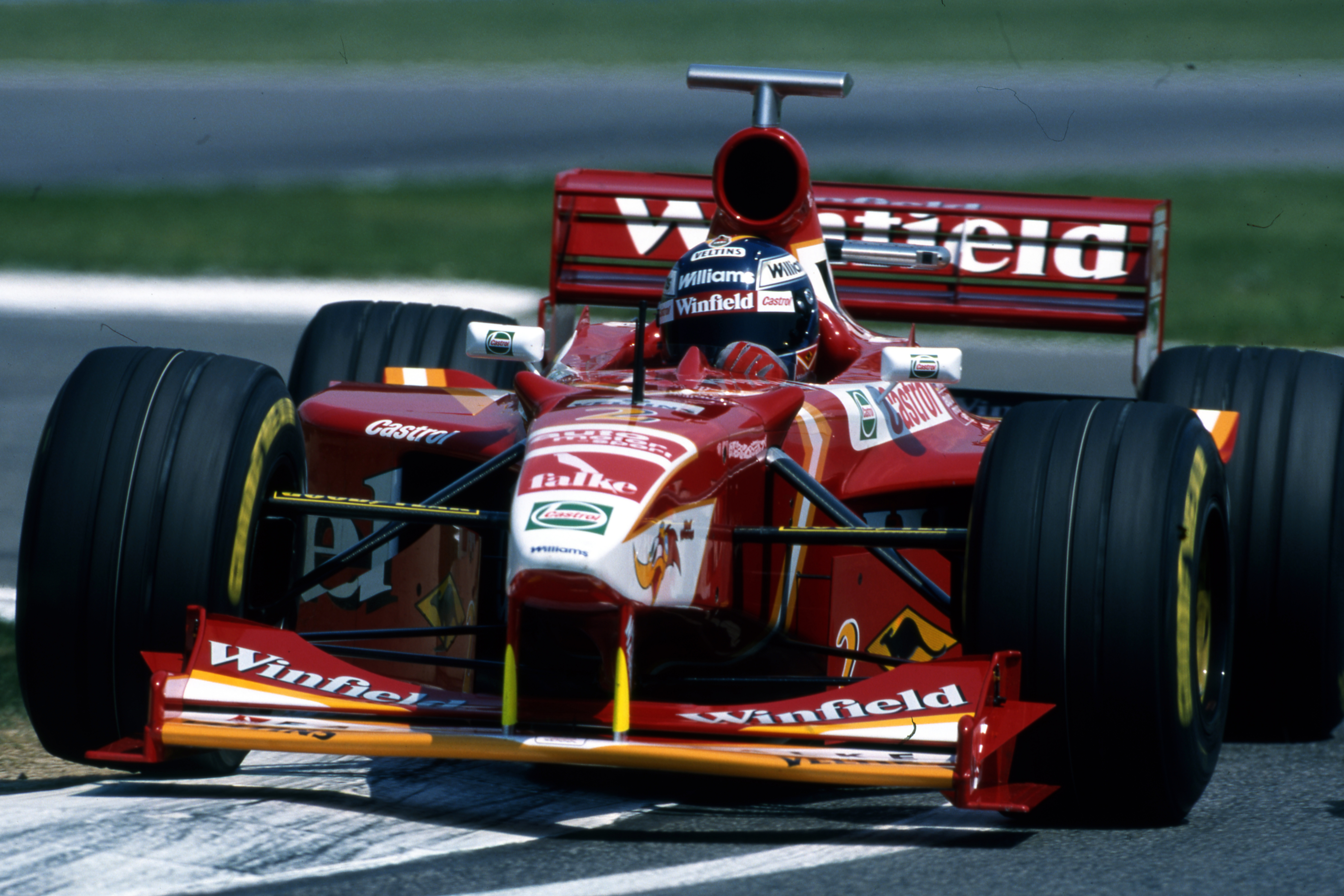
There are two manufacturers that are clearly very interested in this era of Formula 1. And cost-controlled tyre competition with an emphasis on quality would likely appeal to other brands too – like Michelin, for instance, or Goodyear.
If competition is opened up then the more suppliers the better (to limit the risk of a purely binary division of ‘haves’ and ‘have-nots’ if one manufacturer did a far superior job). But if we’re to believe that it’s a hard choice between Pirelli and Bridgestone right now to be the control tyre supplier then what reasonable argument is there for their products likely ending up vastly different in quality anyway?
A selection of your tyre war thoughts from our YouTube poll

@Pokefan515: Whoever is picking tyre war doesn’t know what they’re wishing for, if you had two tyre suppliers in F1, each would align with the top two teams respectively and this would be at a detriment to the midfield as the two partner teams would integrate the tyre design into their own concept. Keep the tyres the same for all teams.
@Snuggieman: I don’t think there should be more than one tyre during the season but I think there should be a tyre war in the sense that the supplier should be up in the air and whoever proves best gets the contract. I don’t think it makes any sense to just pick one of these companies without knowing anything about how their F1 tyre will perform.
@DunkdaHunk: Rose tinted glasses, thinking the Bridgestone vs Michelin era was the golden era because they’ve forgotten about 90% of the laps that were completely uneventful. People grumble about the current era like it’s worse than the tyre war era. It definitely isn’t worse.
@simonbyrne1182: For me the last tyre war added a touch of much needed unpredictability during the Schumacher domination era. On some weekends one tyre would be better on the Saturday meaning there were fast cars out of position on Sunday. A dry/wet or wet/dry race would also throw up some surprises when a manufacturer had a stronger dry but weaker wet tyre. It also meant that both manufacturers brought the big guns out which produced tyres that could take a lot of punishment. Tyres that can be abused means drivers have to push for prolonged periods of time which makes mistakes more likely.
@federicotombolini_: A tyre war would bring F1 back to 2003-2005, when tyres decided EVERYTHING in the performance of the field. Since the tyre is the only part touching the ground, it’s the bottleneck of the performance of the entire car. For this, I think it should be the only standard element of F1 cars.
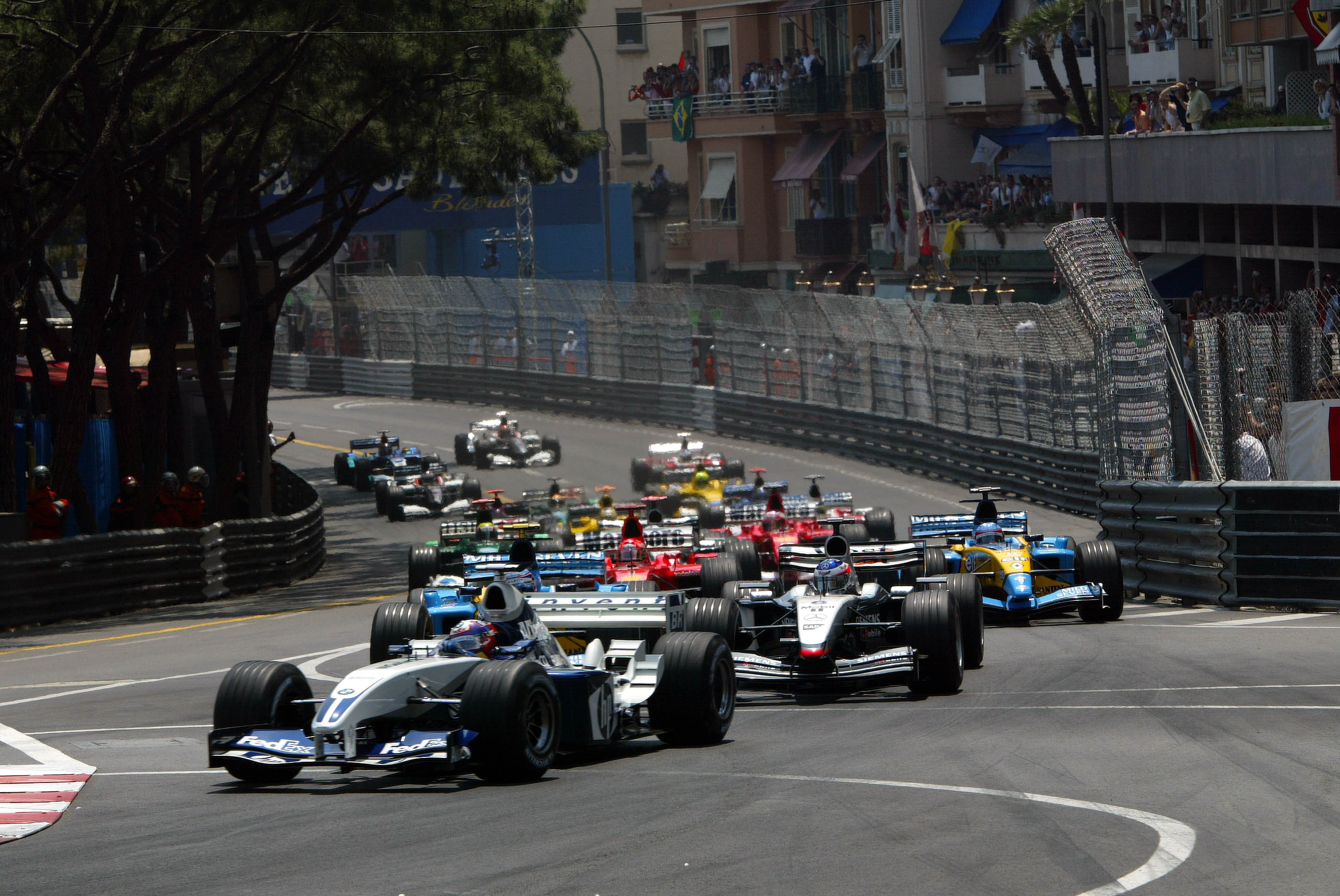
@moltresjrcountdowns: Here’s an idea, have multiple tyre manufacturers but instead of them supplying teams as a whole (I.e Bridgestone supply Ferrari, Pirelli supply Red Bull etc) the teams have to choose which supplier’s tyres they run before every race weekend. That way the companies cannot favour any one car, if one set of tyres is superior to the other then the teams will just use that so there won’t be any locked in disadvantages and the tyre manufacturers can determine different strategies (i.e Bridgestone could deliberately bring softer tyres than Pirelli in the hope it might tempt teams into 2/3 stops).
@anthbills307: I’m okay with a tyre war, it’s very expensive and it does have issues, but it can make the technical side more interesting. If they don’t want to go that route, which is fair, then probably better to stick with Pirelli because they have the knowledge. Still, I’m sure Bridgestone replacing Pirelli won’t be the end of the world.
@XBR4Da: In my opinion, having multiple suppliers could result in one tyre, and the few teams that are contracted to it, being much faster than the other, resulting in a less competitive grid. A lot of Ferrari’s dominance under Schumacher came as a result of the Bridgestones which were basically tailor made for them. Imagine Red Bull having a tailor made tyre…I don’t think people would be too happy with a tyre war then.
@michallachowicz4137: Bring back multiple manufacturers.. Expand the chapter in the F1 rulebook for specs on tyres and open it up. Sure it adds cost, but in name of competition and entertainment I’d rather trade off savings of an amalgamated gearbox for costs associated with multiple tyre manufacturers. That would spice up the field.
@chrisbduck1938: A tyre war doesn’t make any sense. Pirelli have been making tyres that wear out on purpose as that was what F1 asked for. In effect, Pirelli are making tyres worse than they are capable of for the benefit of F1. You can’t make two manufacturers purposely make their product equally worse when they’re competing against each other.
One of the real threats is, as before, suppliers align with a certain team. And then the ‘other’ customers of that supplier just have to roll with whatever tyre characteristics have been prioritised by the main team.
But this might also just end up reflecting engine supplier or certain customer arrangements anyway – which might not be an issue, as if you are Haas and taking Ferrari’s rear suspension, you’re going to benefit from using a tyre supplier that has worked with Ferrari to maximise how the tyre is used with the car.
There are pros and cons with every element of F1 that’s controlled or open. From a tyre competition perspective, there might well end up being different strengths and weaknesses between products. In which case some teams could be superior at some tracks to others, or even have advantages and disadvantages through different compounds. It’s an area of variety that could potentially enhance the racing, not harm it further.
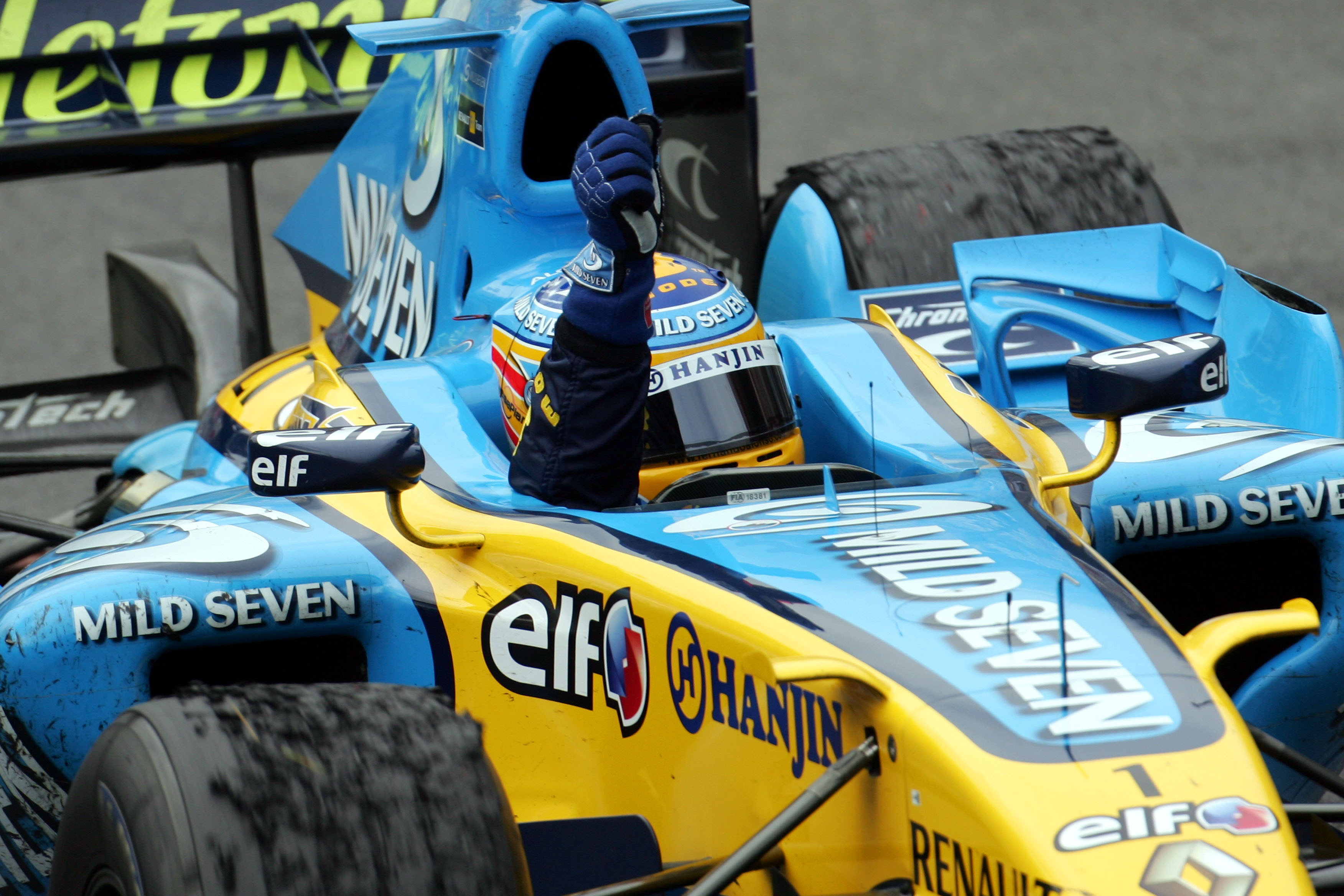
The point to reiterate is that this is not an argument for tyre competition being a definitively good idea or that any of these suggestions on how to make it work are nailed-on successes.
But the upsides appear to be positive and there are always risks attached to any major decision when managing a championship. It’s also something a healthy number of F1 fans seem interested in.
There are bound to be issues. Why not find out? A proper, patient evaluation – mixed with a wider reappraisal of how tyres are used in F1 – could lead to a better longer-term strategy that results in more winners than losers.





